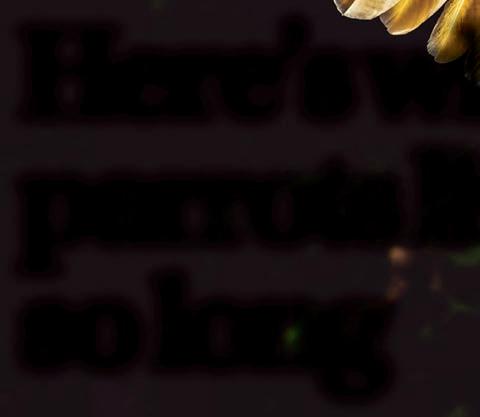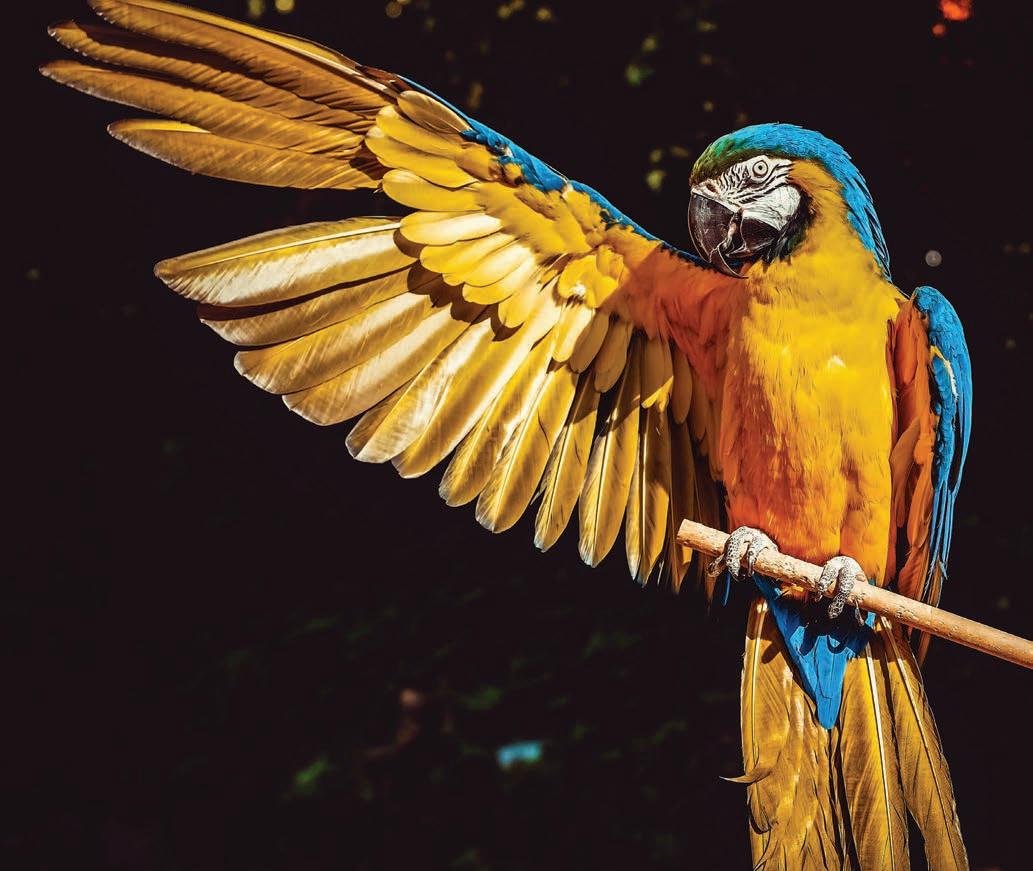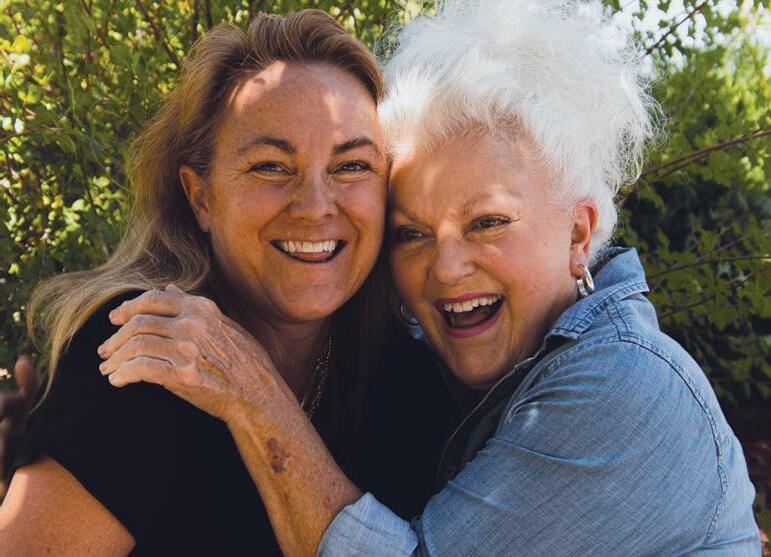
5 minute read
Health & Science
Parrot live exceptionally long lives partly due to their relatively large brains, an international team of researchers has discovered.
Many parrot species have average lifespans of three decades, outliving other similarly sized birds and mammals. The new study has found a correlation between parrots’ relative brain size and their average lifespan. The larger their brains, the longer they lived.
Advertisement
Bigger brains make parrots more adaptable to their environment, allowing them to stay healthy and live longer. Simeon Smeele, a doctoral student at the Max Planck Institute of Animal Behaviour, led the study, the results of which were published in March in the journal Proceedings of the Royal Society B.
When it comes to lifespan, birds truly stand out. Lifespan tends to increase with an animal’s body size, roughly speaking, as size tends to correlate with a slower metabolism. Thus, the bigger the animal, the longer they live. But a bird tends to live much longer than a comparably-sized mammal, despite having a speedy metabolism.
One theory is that birds’ ability to fly means they are less at risk from predators, which reduces their risk of being eaten, alleviates stress, and frees up bodily resources for healing and growth.
And among birds, parrots are the ageing champions. The confirmed longestliving bird was Cookie, a Major Mitchell’s cockatoo, who lived at the Brookfield Zoo in Illinois for all but one of his 83 years. Though cockatoos (a species of parrot) often weigh around a pound, they usually live for four decades. Most of the other 398 parrot species also outlive other birds of similar size.
So what sets parrots apart? Prior research has delved into the birds’ genomes. In 2013, scientists from Texas A&M found that scarlet macaws possess a lot of genes associated with longevity, brain development, heart thickness, and cardiovascular fitness. Five years later, researchers at Oregon Health and Science University turned up other salubrious genes in the genome of blue-fronted Amazon parrots, supporting DNA damage repair, slowing down cell death from stress, and limiting cancerous cell growth.
Study co-author Claudio Mello, a Professor of Behavioral Neuroscience, remarked that parrots were to other birds what humans are to other primates.
“Humans ended up with bigger brains and more brain cells and more cognitive traits — including language — than primates. Parrots have bigger brains than other birds and more communication skills, and they have similar conserved elements that set them apart,” he said.
In the new research, Smeele and his colleagues gathered data on over 130,000 individual parrots held in more than 1,000 zoos, representing 217 species. Through this data, they created reliable estimates of average lifespan for each species. They next searched for a link between each species’ lifespan and its relative brain size and found a clear, positive correlation. Parrot species with larger brains relative to their body size lived longer than species with smaller brains. “This supports the idea that in general larger brains make species more flexible and allow them to live longer,” Smeele said in a statement. “For example, if they run out of their favourite food, they could learn to find something new and thus survive,” he said. “All parrots have relatively large brain sizes compared to most other birds.”
Researchers have previously demonstrated that, when trained, some parrots can identify and understand objects, colours, quantities, and shapes, and even speak with an impressive vocabulary, at least for a bird. They can even match human five-year-olds on rudimentary tests of intelligence.
Birdbrain is no longer an insult.
Here’s why parrots live so long

‘Parrots are to other birds what humans are to other are to other primates... primates...
Breakthrough could make you look 30 years younger!
A METHOD that can turn back the biological clock on skin cells by up to 30 years, has been developed by scientists, creating stem cells from mature ones, which could be used to treat skin conditions in the future.
According to a report in the journals New Scientist, back in 2007 Shinya Yamanaka at Kyoto University in Japan developed a technique that could transform adult skins cells into stem cells by inserting four specialist molecules, dubbed ‘Yamanaka factors’, that reverse cell development. It takes around 50 days of exposure to these molecules for normal cells to be reprogrammed into what are known as induced pluripotent stem cells (iPSCs).
“When you turn to a cell into an iPSC, you lose the original cell type and its functionality,” Diljeet Gill at the Babraham Institute in Cambridge, UK, told New Scientist.
Gill and his colleagues have now devised a technique that tors for just 13 days to partially anti-age the cells. ey then removed the Yamanaka factors and left the cells to grow.
As we age, our DNA gets tagged with chemicals, so tracking these markers can help us determine how old our bodies are. is is known as our epigenetic clock. Over time, some of our genes will either turn on or o , the collection of which is known as the transcriptome.
Gill and his team found that the epigenetic clock and transcriptome pro les of the partially reprogrammed cells matched the pro les of skin cells that belonged to people who were 30 years younger. e rejuvenated cells also functioned like younger ones, too, creating more collagen than those that didn’t undergo reprogramming. And when placed onto an arti cial wound, the reprogrammed cells moved to close the gap much quicker than the older ones did.
“In young people, if you cut yourself, it’ll take quicker to heal the wound, while it would take me longer to heal,” says team member Wolf Reik, also at the Babraham Institute. “It’s very exciting – not only the molecular read-outs that are younger, but the cell also functions more like young cells.” e key advance in this study is that we are now able to substantially rejuvenate cells without changing their identity or functionality, says Reik. “In previous studies, you would end up with a stem cell, which is not what you’d want for therapy.” e technique may one day be useful in treating skin conditions, such as burns and ulcers. ere is also the added bonus that the cells wouldn’t be rejected by an individual’s body, because they would be their own cells, says Gill.
“So far, we’ve only tested this technique in skin cells. We’re excited to see if we can translate it across other cell types,” says Gill.










